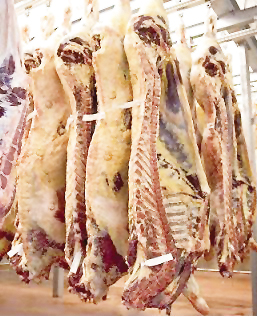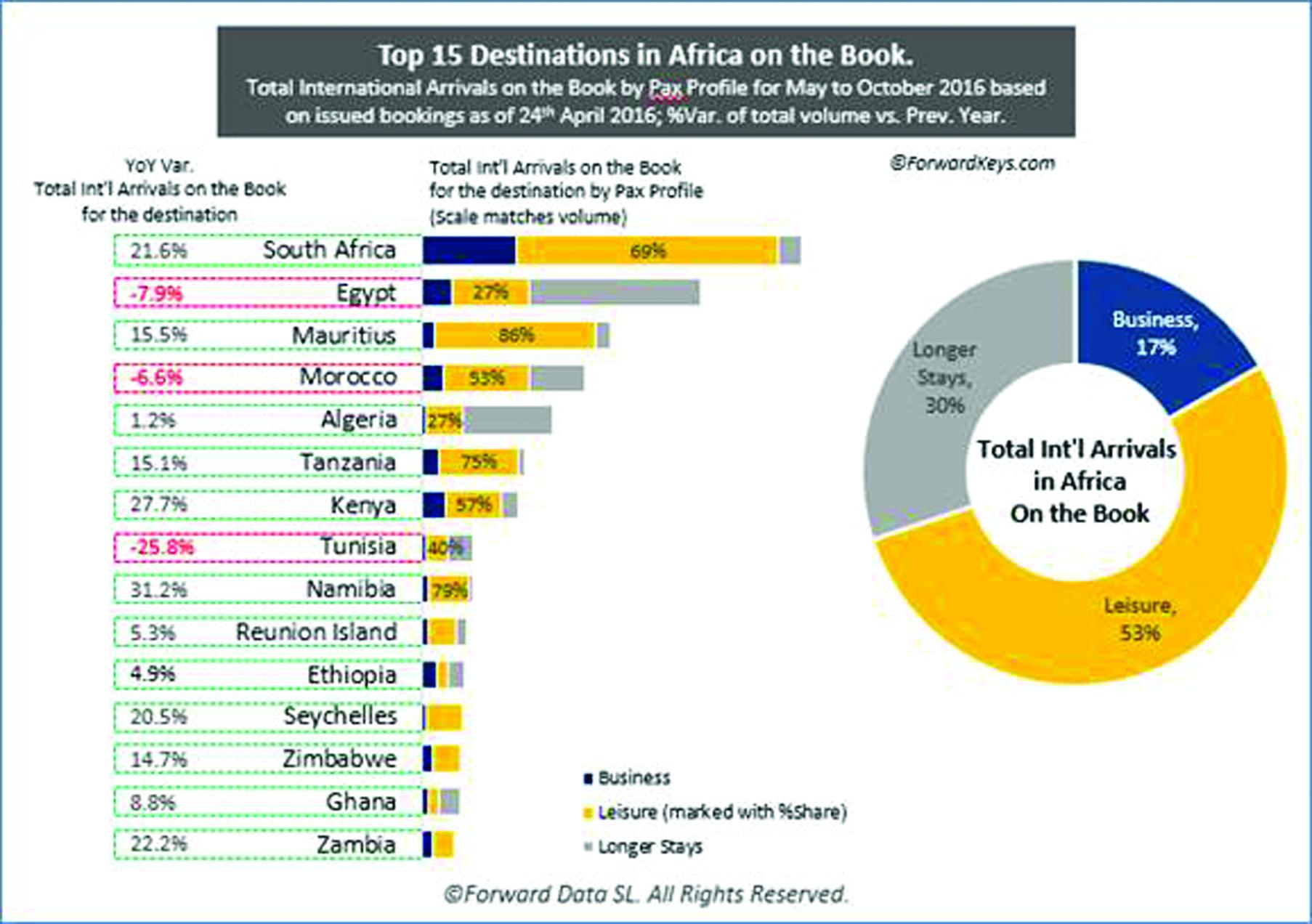
Meat sector to grow considerably
 The Bank of Namibia projects that the meat processing sector will grow by 3.0% contributing N$279 million to the gross domestic product (GDP) this year, up from N$255 million in 2011.
The Bank of Namibia projects that the meat processing sector will grow by 3.0% contributing N$279 million to the gross domestic product (GDP) this year, up from N$255 million in 2011.
Klaus Schade, an independent economist, says since Namibia’s meat industry serves a niche market, exports to Europe will continue despite the Euro zone debt crisis.
“I expect meat exports to Europe to continue since Namibia serves niche markets that might be more resilient to the economic woes,” Schade said.
The total marketing of cattle up to the end of 2011 stood at 347 253 livestock units, recording a decrease of 1.52% from 2010 when 352 613 animals were marketed, according to Meat Board.
On the hoof marketing of cattle to South Africa increased to 200 236 head of cattle in 2011 up from 194 310 in 2010, Meat Board reported in its monthly newsletter.
The average beef producer’s price was N$23.08/kg in 2011, while the weaner prices closed at N$18.80 at livestock auctions. During the course of last year, prices of stores and slaughter cattle stood at N$15.93/kg and N$12.69/kg.
A total of 18 142 head of cattle were slaughtered for local consumption for 2011, while 110 119 head of cattle were slaughtered at European and South African approved abattoirs, down by 13.39% to 127 141 head of cattle slaughtered in 2010.
The marketing of small stock also decreased slightly by 1.52% by the end of 2011, to 111 294. A total of 742 986 sheep were slaughtered for export markets, while 49 253 sheep were slaughtered for the local market.
“The performance of cattle marketing in 2011 was mainly influenced by high weaner prices, which resulted in a positive performance on the number of live animals exported, mainly to South Africa. Although abattoir prices improved towards the end of the last quarter of the year under review, the slaughter industry was under pressure, as it was struggling to compete with the weaner industry. Despite competitive prices given by abattoirs in 2011, marketing of sheep both at abattoirs and live exports has decreased compared to the previous year. This could be attributed to farmers diverting to other farming ventures like game, cattle and goats, government policies, as well as the building up of stock by keeping ewes as a result of good rains,” said Maria Immanuel, chief of Meat Board Namibia’s Information System.
Romè Mostert, an analyst at Simonis Storm, since the Namibian dollar has significantly weakened against major currencies, the competitive position of its meat products has improved.
“There is some pressure to maintain the current animal health status of the country in order to retain the support of the international market for Namibian meat. There have recently been some issues in this regard as the veterinary cordon fences are not always maintained. Failure to keep the health status will have significant consequences on the industry.
“Changes in the price of maize will have an impact on the price offered for Namibian weaners, therefore any spikes in the maize prices in SA will result in lower demand and as a consequence downward pressure on prices in Namibia. The final outcome of the EPA trade agreement may have a negative impact on the competitiveness of Namibia meat exporters,” Mostert said.
A slight increase in the demand for meat is expected for 2012. According to the International Meat Secretariat – an international organisation which consists of meat and livestock organisations – this growth will particularly benefit the poultry industry because of low production costs.
The organisation further predicts that the consumption of mutton will increase by 0.2% while beef consumption will decrease by 1%.
Due to the recovery of supply from Australia and New Zealand, mutton prices are expected to decrease against the high levels of 2011. Beef prices are also expected to increase but at a slower rate than in 2010 and 2011 as beef supply is under pressure due to low profitability.










































